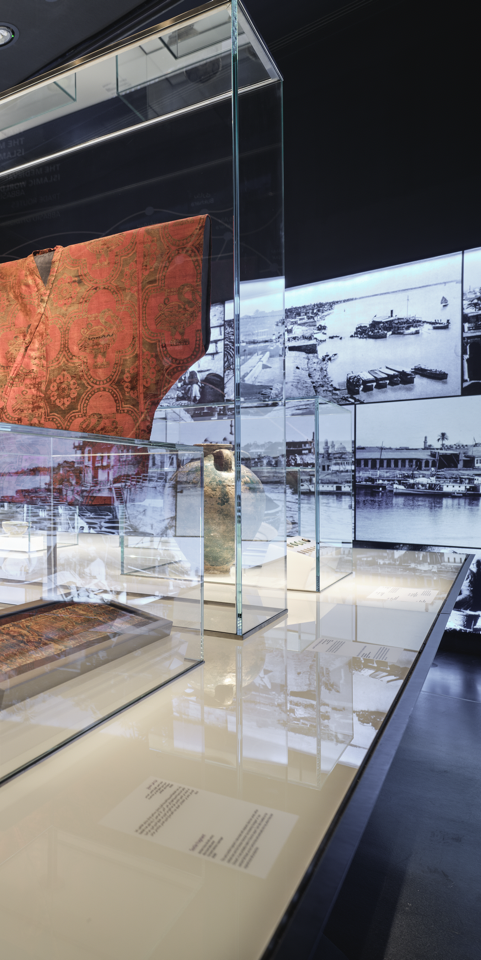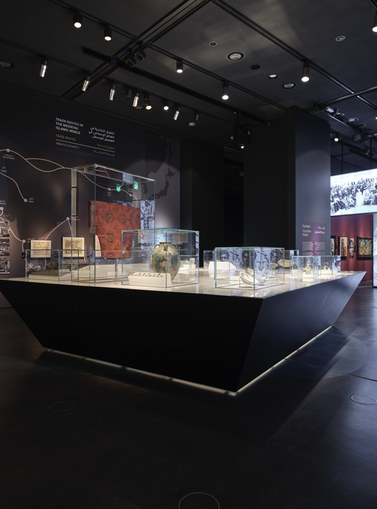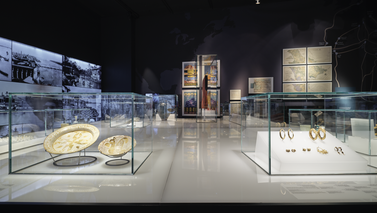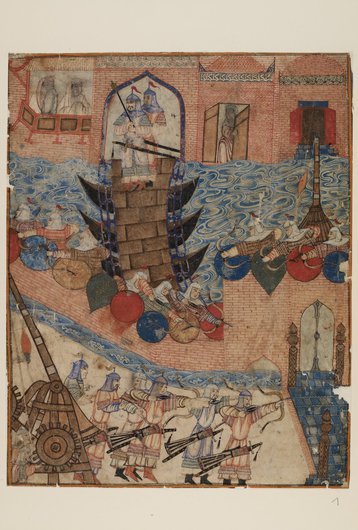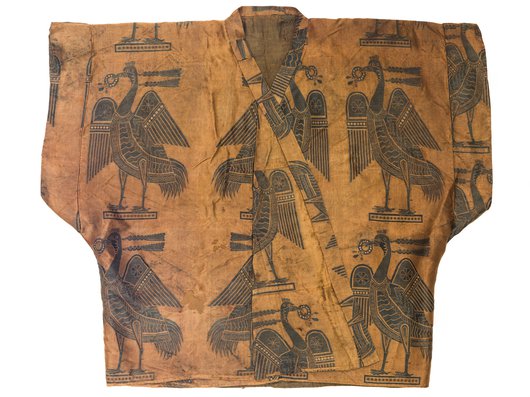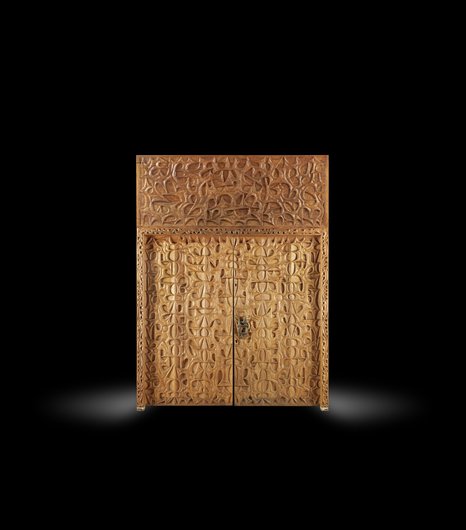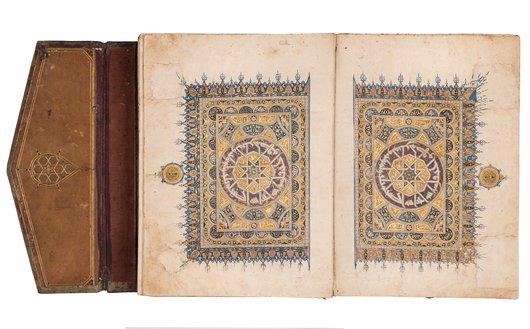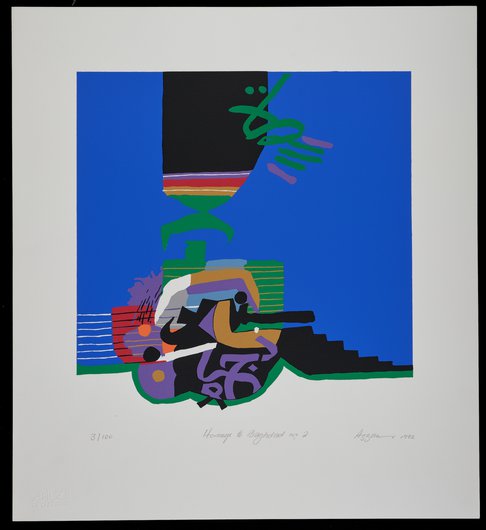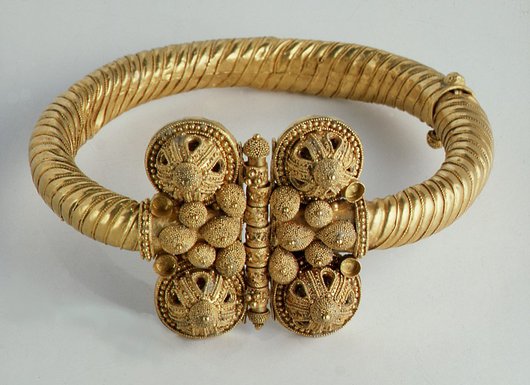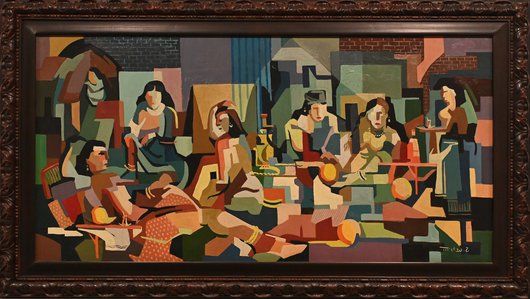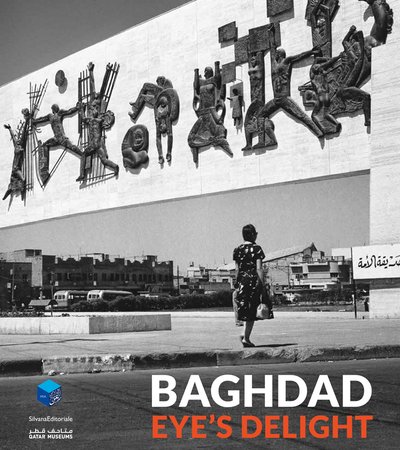Q. What makes this exhibition special?
Dr Julia Gonnella: This exhibition is the first exhibition on the city of Baghdad ever put together by a major international museum. We really wanted to celebrate the outstanding legacy of this important Middle Eastern town, not only for visitors to the FIFA World Cup Qatar 2022™ but also as part of the Year of Culture dedicated to the MENASA region. The city, its history and culture mean so much in the Arab/Islamic world but alas, due to the wars and miseries of the past forty years, this legacy has gone out of focus, especially for many of our international visitors.
Q. What does Baghdad represent to Qatar and to the Arab/Islamic world?
Gonnella: Baghdad was the capital of the Abbasid caliphs for five centuries (762 to 1258 CE) when the Arab world ruled the globe. The city certainly stands for a ‘Golden Age’ in Islamic history and needs to be considered alongside other legacy capitals such as Athens, Beijing, Rome or London that have made an impact on global history. As the seat of the caliphs, it was a city of power that, with its impressive palaces, gardens and sporting grounds, had a visual impact on the world outside. The investment in trade and infrastructure led to a thriving economy with global outreach but also strong domestic industries. Above all, Baghdad is synonymous with outstanding scholarship, as the caliphs invested in schools, libraries and academia. The translation movement and Baghdad’s contributions to the sciences of the world cannot be overestimated. At the same time, it was also the capital of the arts, music and literature that impacted generations to come.
